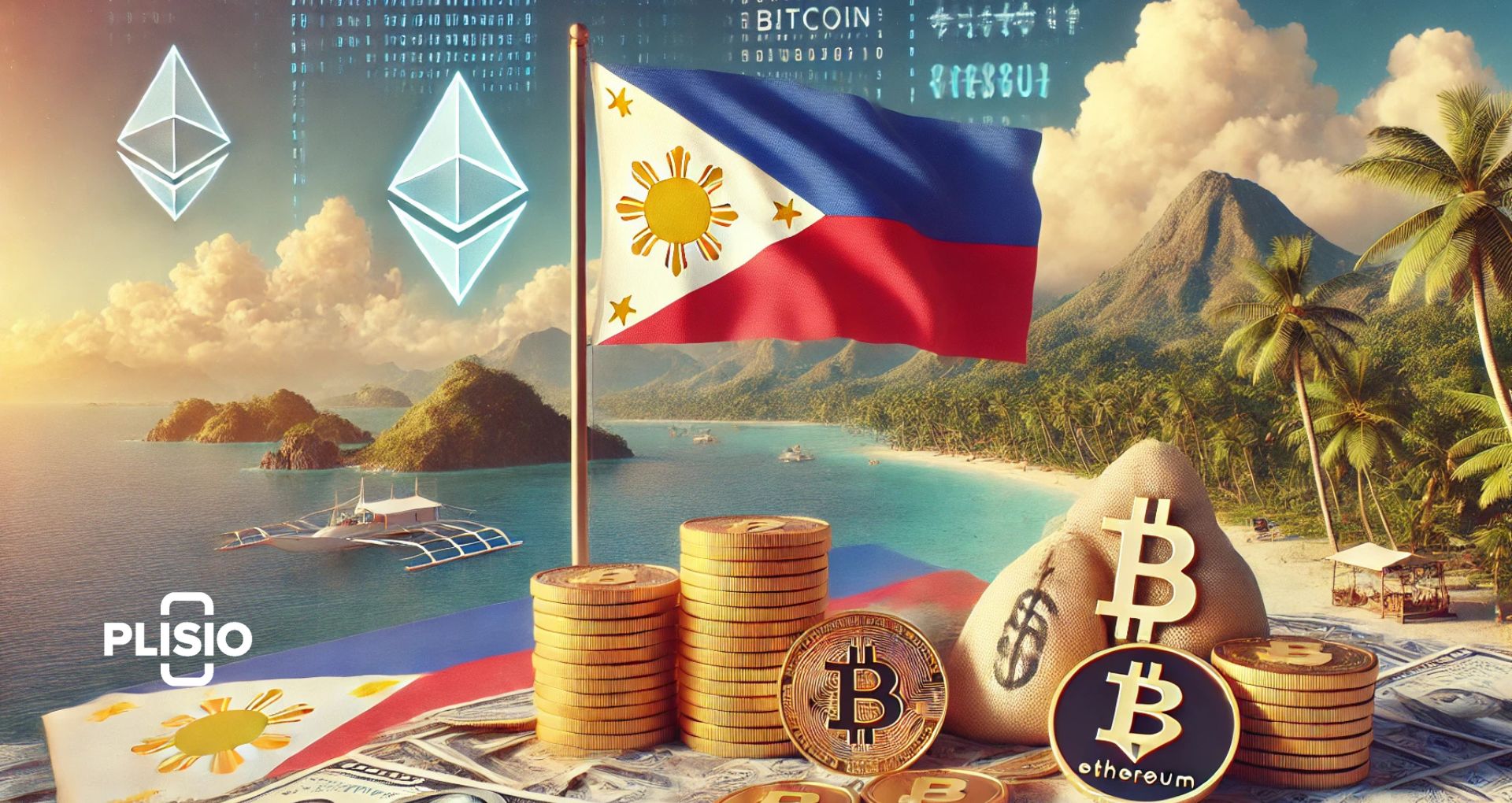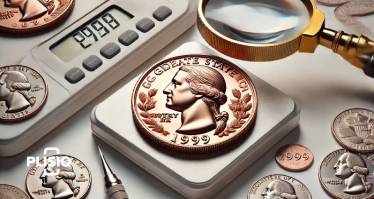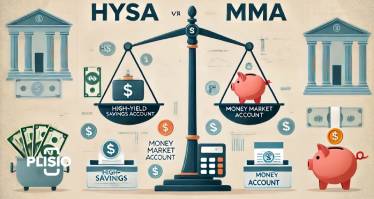Philippine Currency

The Philippine peso has a long and rich history that dates back to the Spanish colonial period. First introduced in 1852 as the Spanish colonial peso, it served as the official currency of the Philippines until the Philippine-American War in 1898. After the war, the US dollar became the official currency, but in 1946, following independence, the peso was reintroduced as the national currency.
Today, the peso is one of the most traded currencies in Southeast Asia, used for transactions throughout the country. In this article, we explore the history of the Philippine peso, offering insight into its journey over the centuries. Understanding the peso's history will help you navigate the financial system during your travels in the Philippines.
Historical Journey of Philippine Currency
The history of Philippine currency goes back to the pre-Hispanic era when gold items like Piloncitos and barter rings were used for trade. However, during the Spanish colonial period, the official currency, the Philippine peso, was introduced.
Over time, the peso underwent changes in both design and value. The first peso, introduced in 1861, was equivalent to eight reales during the Spanish colonial period. In 1903, the peso was revalued to be worth two and a half of the old pesos.
During World War II, Japanese forces replaced the peso with their own currency. After the war, the peso was reintroduced but experienced several devaluations until the mid-1960s, when it was pegged to the US dollar.
History of Coins
The Bangko Sentral ng Pilipinas issues Philippine peso coins in eight denominations today: ₱0.01, ₱0.05, ₱0.10, ₱0.25, ₱1, ₱5, and ₱10. The history of these coins is influenced by Spanish, American, and local traditions.
In pre-Hispanic times, gold was a major medium of exchange, represented by Piloncitos and gold barter rings. During Spanish rule, the silver peso (worth eight reales) was introduced by the Magellan expedition in 1521, and subsequently brought in larger quantities by the Manila galleons after 1565. Before the Manila Mint was established in 1857, the Philippines relied on coins brought from Spain, China, and neighboring regions.
Under American administration (1903-1945), coins ranging from half centavo to one peso were minted, featuring designs symbolizing the shared Filipino and American efforts in nation-building. Unique coins were also issued by the Culion leper colony in 1906 due to concerns about disease transmission.
After independence in 1946, new coins were introduced, reflecting changes in leadership and national symbols. The latest New Generation Currency Coin Series, launched in 2018, features native flora on the obverse side and portraits of national heroes on the reverse.
History of Banknotes
Philippine peso banknotes, issued by the Bangko Sentral ng Pilipinas, are an essential part of the financial system. These notes, with denominations from ₱20 to ₱1000, feature historical figures, landmarks, and symbols representing the Philippines' cultural heritage.
Banknotes in the Philippines date back to 1852, when El Banco Español Filipino de Isabel II issued denominations such as 10, 25, 50, and 200 pesos fuertes. Since then, several banks, including the Bank of the Philippine Islands and the Philippine National Bank, have played roles in issuing currency.
The New Generation Currency (NGC) Series, introduced in 2010, emphasizes enhanced security and durability. In 2020, the Enhanced NGC Series was introduced, adding tactile markings for the visually impaired, improved security threads, and other features to enhance accessibility.
The Philippine peso has eight banknote denominations: ₱5, ₱10, ₱20, ₱50, ₱100, ₱200, ₱500, and ₱1000. These notes feature prominent historical figures, including José Rizal, who appears on several coins, and presidents of the country, alongside landmarks and cultural symbols on the reverse side.
Inflation and the Buying Power of the Philippine Peso
Over the years, the value of the Philippine peso has fluctuated due to various economic and political factors. In 1946, the exchange rate was 2 Philippine pesos to 1 US dollar. By 2023, it had increased to around 55 pesos to 1 US dollar.
In recent years, inflation has significantly affected the peso's buying power, with the Philippine Statistics Authority reporting an inflation rate of 8.0% in November 2023. The Bangko Sentral ng Pilipinas plays a crucial role in managing inflation and stabilizing the economy through monetary policies.
The Philippine Peso Today
The Philippine Peso (PHP), represented by the symbol "₱," serves as the official currency of the Philippines. It is available in both coin and bill forms, with bills made of polymer for added durability and counterfeit resistance.
The peso is an important part of the country's financial landscape, and understanding its history, denominations, and security features will help ensure smooth transactions during your stay in the Philippines.
The Philippine peso was reintroduced as the official currency of the newly independent Philippines on July 4, 1946, replacing the US dollar. The currency is regulated by the Bangko Sentral ng Pilipinas (BSP), which ensures the implementation of security features and the stability of the currency.
Currency Usage in the Philippines
While USD is accepted in some places, especially tourist establishments, airports, and hotels, the Philippine peso is the most widely accepted currency. It is advisable to exchange your USD for pesos to avoid unfavorable exchange rates and additional fees.
When traveling, it is important to understand the currency exchange process. Banks, exchange offices, and some hotels offer exchange services, but rates and fees may vary. Always compare rates to get the best deal.
The most popular conversions of the Philippine peso are against the Saudi riyal, Japanese yen, Jordanian dinar, and Russian ruble, reflecting the diverse international connections of the Philippines, especially among overseas Filipino workers.
Managing Money While Traveling in the Philippines
Managing money in the Philippines while traveling is relatively straightforward, but there are a few things to keep in mind. ATMs are common in larger cities, but they may be hard to find in remote areas or smaller islands like Palawan, Siquijor, and others in the Visayas. It's best to stock up on cash before heading to these locations to avoid any inconveniences.
Using ATMs attached to banks is always a safer option, as you stand a better chance of recovering your card if it gets captured by the machine. ATMs from Bank of the Philippine Islands (BPI), Banco de Oro (BDO), and Metrobank are generally more reliable for foreign cards. Daily limits usually cap at around 50,000 pesos, and each transaction may incur a fee of up to 200 pesos (approximately $4 USD).
Credit cards are typically accepted in major cities and tourist areas, including Manila, Cebu, and Boracay. They are useful for booking domestic flights and paying for accommodations, but many businesses may add a commission fee of up to 10% when paying with a card. For day-to-day expenses, cash is still the preferred method of payment in many parts of the Philippines.
Traveler's checks are not commonly accepted, so it is better to rely on cash and credit cards. For added security, it is advisable to carry some US dollars as emergency cash.
Electronic Payment Systems
In addition to traditional banking, electronic payment systems such as GCash and PayMaya are becoming increasingly popular in the Philippines. These mobile wallets allow users to pay for goods and services, transfer money, and even pay bills directly from their smartphones. They are especially useful in urban areas where digital payments are more readily accepted. For travelers, using these apps can offer convenience, particularly when dealing with smaller businesses that may not accept credit cards.
Cryptocurrency Usage in the Philippines
Cryptocurrencies are gradually gaining popularity in the Philippines, with Bitcoin and other digital assets becoming increasingly common for both investment and payments. The Bangko Sentral ng Pilipinas (BSP) has been supportive of blockchain technology, issuing regulations for cryptocurrency exchanges to ensure consumer protection. Digital wallets such as Coins.ph or Plisio allow users to buy, sell, and store cryptocurrencies, and even use them to pay bills or buy mobile load. While not yet mainstream, crypto adoption is growing, especially in urban areas, offering an alternative for those seeking more financial flexibility.
Tips for Handling Philippine Currency
To avoid scams, familiarize yourself with the security features of Philippine currency, such as watermarks, security threads, and color-shifting ink. Only exchange currency at authorized locations and be cautious when receiving change.
It's also a good idea to carry smaller denominations of cash. Breaking larger 1,000-peso or even 500-peso notes can be challenging in smaller establishments. Coins, especially 1-peso, 5-peso, and 10-peso coins, are particularly useful for small tips, public transportation, and paying jeepney drivers.
Tipping in the Philippines is appreciated, though not always expected. It is common to round up fares for taxi drivers and leave some extra coins for good service in restaurants. Some establishments may add a 10% service fee, but leaving a little extra is often a nice gesture.
Haggling is common in markets and for services like tricycle rides. Negotiation skills can help you save some money, but always keep in mind to respect local customs and ensure a fair deal for both sides.
Breaking large bills can sometimes be difficult, especially in rural areas. To make transactions easier, it is advisable to always carry small bills and coins. Establishments such as grocery stores, department stores, and busy restaurants are usually more willing to break large bills.
Currency Exchange Tips
Exchange rates may vary between banks, exchange offices, and hotels. For the best rates, consider using authorized exchange counters, often referred to as "kalarembans." They tend to offer better rates compared to hotels and airport counters. Always check for the official license to avoid counterfeit services. Additionally, you can compare exchange rates online to ensure you are getting a fair deal.
When withdrawing money from ATMs, remember that each transaction may come with a fee. To minimize costs, withdraw the maximum allowed amount per transaction. Most ATMs have a daily limit of 50,000 pesos, and it’s wise to avoid using ATMs located in isolated or poorly lit areas for safety reasons.
Safety Tips for Handling Money
Identity theft and card skimming can be a concern in the Philippines. Always use ATMs that are located inside banks or well-lit areas to reduce the risk of skimming devices. Additionally, consider using RFID-blocking wallets to protect your cards from unauthorized scanning.
For additional security, it’s helpful to diversify your travel money. Carry a mix of cash, a credit card, and even some US dollars hidden in a secure spot in your luggage for emergencies. Not all ATMs in rural areas may accept foreign cards, so having backup options is crucial.




